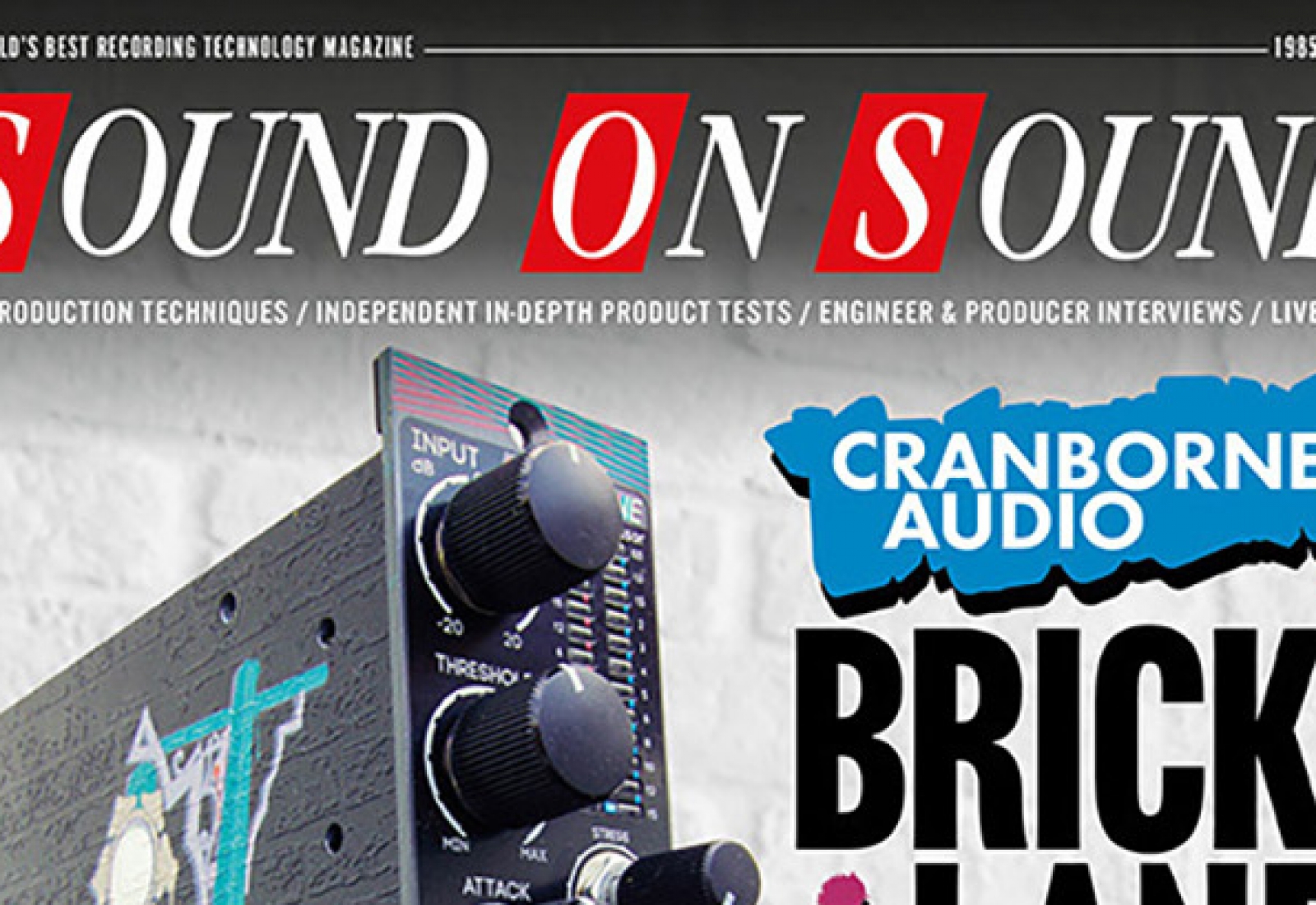Blog /
Lynx Mesa Review in Sound On Sound Magazine (October 2025)
October 1, 2025

It happens to be the 40-year anniversary issue of the esteemed Sound On Sound Magazine, and the acclaimed publication chose this month for their review of the Lynx Mesa Desktop Thunderbolt 3 Converter/Interface. The review, written by SOS Editor In Chief Sam Inglis, is — in typical SOS fashion — extraordinarily thorough, and surprising no one, Sam completely understood the many features, advantages, and benefits offered by the Mesa.
Interestingly, SOS didn’t have many other converters with a comparable feature set or quality level to choose from when making comparisons to the Mesa. It’s probably not surprising, then, that they chose Lynx’s own Hilo 2 as a reference point…
“Surely there would be no way to simultaneously increase the Hilo2’s input count, add mic preamps and monitor control, and reduce cost, without resorting to drastic measures like offshoring their manufacturing, or drastically reducing sound quality? Well, apparently there was a way — and the result is the Lynx Mesa.”
Sam also noted Mesa’s extraordinary routing capabilities…
“At base sample rates, the Lynx Mesa presents a total of 16 inputs and outputs to your DAW. On the input side, these comprise four mic/line/instrument inputs, coaxial S/PDIF, a stereo loopback input, and up to eight optical digital inputs. On the output side, your DAW simply sees eight pairs of outputs labelled Play 1‑2, Play 3‑4 and so on. Each physical output pair in effect has its own mixer, with its own independent balance drawn from both the inputs and the DAW playback channels. Playback from any of the 16 SD card channels can also be freely mixed in on a per‑output basis. It’s an extremely flexible mixing and routing system, with virtually no limitations as to what can be sent where. Even the outputs have their own dedicated faders.”
Of course, the top question from any pro audio product review: how does it sound? Sam tells it by the numbers…
“Output dynamic range is 120dBA both on the monitor outputs and the headphone outputs. The latter are punchier than those found on most audio interfaces, delivering a maximum output level of +18.4dBu and up to 383mW into a 60Ω load. In line input mode, its analogue ins achieve an A‑weighted dynamic range figure of 119dB, and are flat to within ±0.01dB from 20Hz to 20kHz.”
And finally the summary…
“The Mesa is a stylish, powerful and good‑sounding desktop Thunderbolt interface, with an excellent touchscreen implementation and the useful ability to record directly to SD cards.”
Read the entire Sound On Sound review of the Lynx Mesa here.